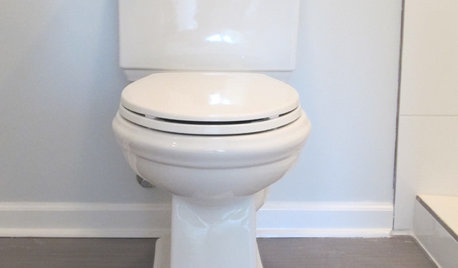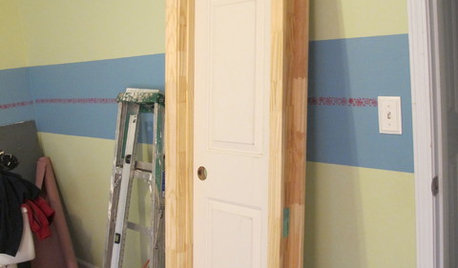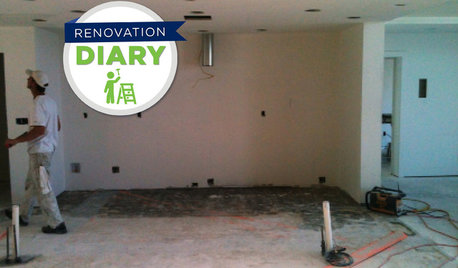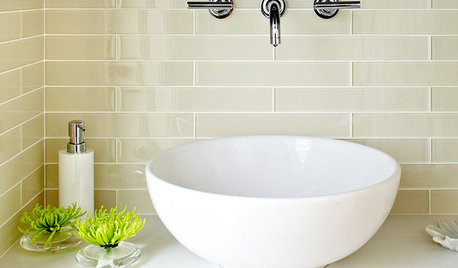What to Install Under Heated Floor/Tile?
kendog2
12 years ago
Featured Answer
Sort by:Oldest
Comments (19)
davidro1
12 years agodseng
12 years agoRelated Professionals
East Peoria Kitchen & Bathroom Designers · Philadelphia Kitchen & Bathroom Designers · Schaumburg Kitchen & Bathroom Designers · West Virginia Kitchen & Bathroom Designers · South Barrington Kitchen & Bathroom Designers · Terryville Kitchen & Bathroom Designers · Emeryville Kitchen & Bathroom Remodelers · Islip Kitchen & Bathroom Remodelers · Pueblo Kitchen & Bathroom Remodelers · Phillipsburg Kitchen & Bathroom Remodelers · Barrington Glass & Shower Door Dealers · Windsor Glass & Shower Door Dealers · Newcastle Cabinets & Cabinetry · Arden-Arcade Window Treatments · Tennessee Window Treatmentsdavidro1
12 years agodseng
12 years agokendog2
12 years agodseng
12 years agodavidro1
12 years agobilly_g
12 years agokendog2
12 years agobilly_g
12 years agodavidro1
12 years agokendog2
12 years agobrickeyee
12 years agodavidro1
12 years agokendog2
12 years agoUser
12 years agosyntrio
7 years agomillworkman
7 years ago
Related Stories

BATHROOM DESIGNShould You Install a Urinal at Home?
Wall-mounted pit stops are handy in more than just man caves — and they can look better than you might think
Full Story
PATIOSSpring Patio Fix-Ups: Install an Outdoor Fireplace or Fire Pit
Make your yard the place to be by adding a fire feature that draws a crowd
Full Story
KITCHEN BACKSPLASHESHow to Install a Tile Backsplash
If you've got a steady hand, a few easy-to-find supplies and patience, you can install a tile backsplash in a kitchen or bathroom
Full Story
REMODELING GUIDESContractor Tips: How to Install Tile
Before you pick up a single tile, pull from these tips for expert results
Full Story
BATHROOM DESIGNHow to Match Tile Heights for a Perfect Installation
Irregular tile heights can mar the look of your bathroom. Here's how to counter the differences
Full Story
BATHROOM DESIGNHow to Install a Toilet in an Hour
Putting a new commode in a bathroom or powder room yourself saves plumber fees, and it's less scary than you might expect
Full Story
MATERIALSThe Most Popular Roofing Material is Affordable and Easy to Install
Asphalt shingles, the most widely used roof material in the U.S. are reliable and efficient, and may be right for you
Full Story
REMODELING GUIDESDIY: How to Install a Door
Homeowners who aren't afraid of nail guns can tackle their own pre-hung door project in a couple of hours
Full Story
REMODELING GUIDESRanch House Remodel: Installing the Interior Finishes
Renovation Diary, Part 5: Check in on a Florida remodel as the bamboo flooring is laid, the bathroom tiles are set and more
Full Story
REMODELING GUIDESFinishing Touches: Pro Tricks for Installing Fixtures in Your Tile
Cracked tile, broken drill bits and sloppy-looking fixture installations? Not when you follow these pro tips
Full StoryMore Discussions









davidro1